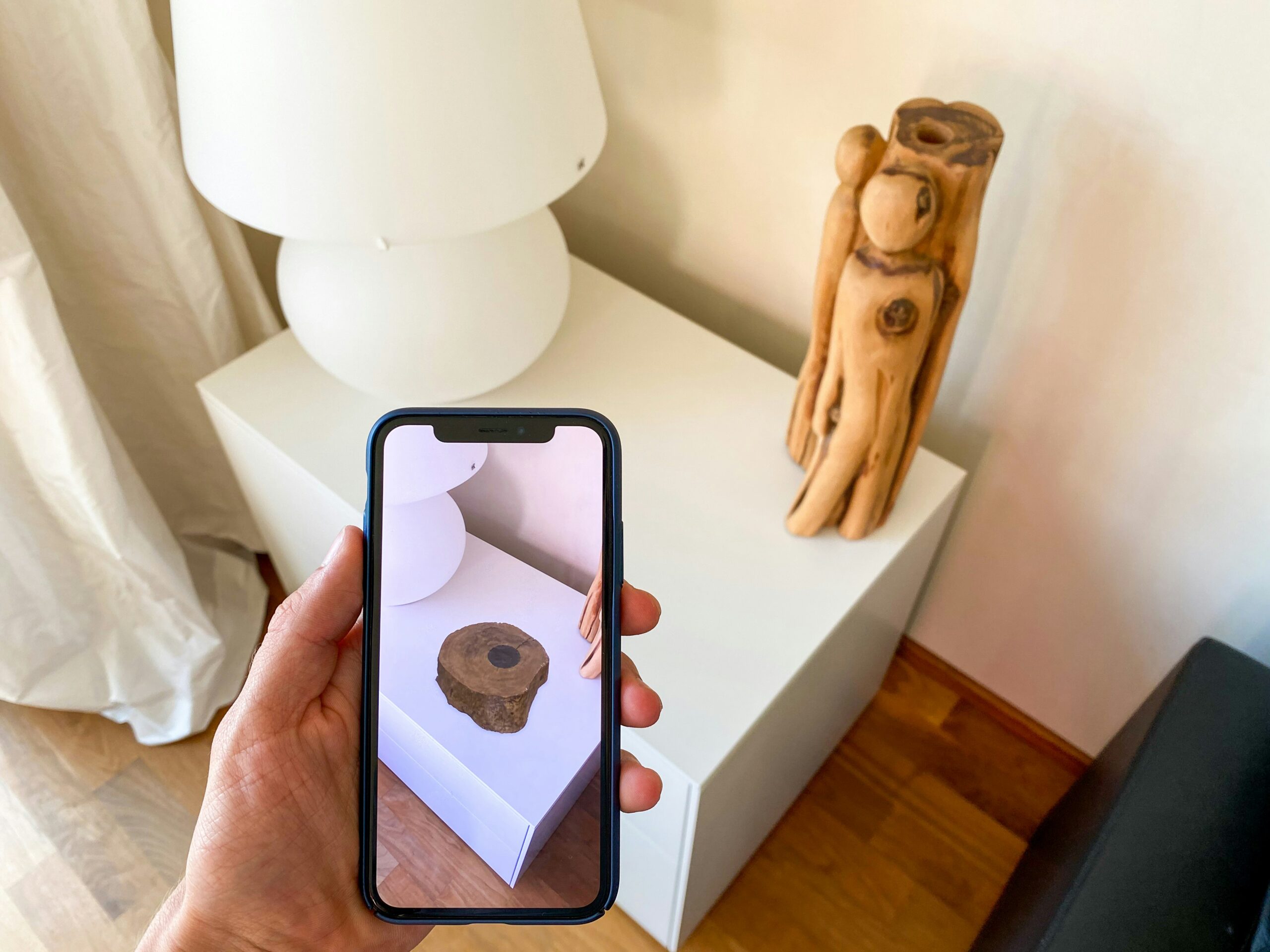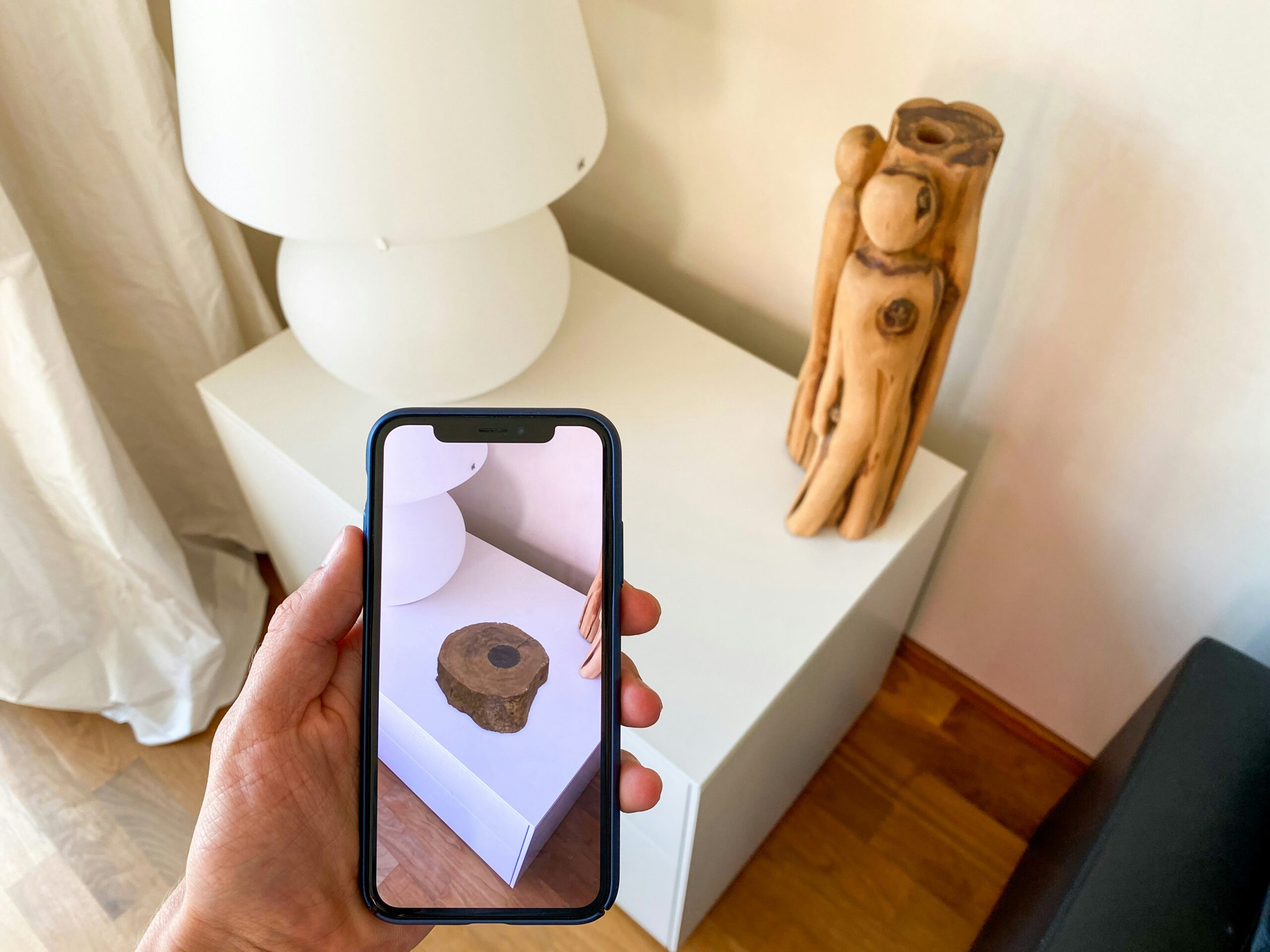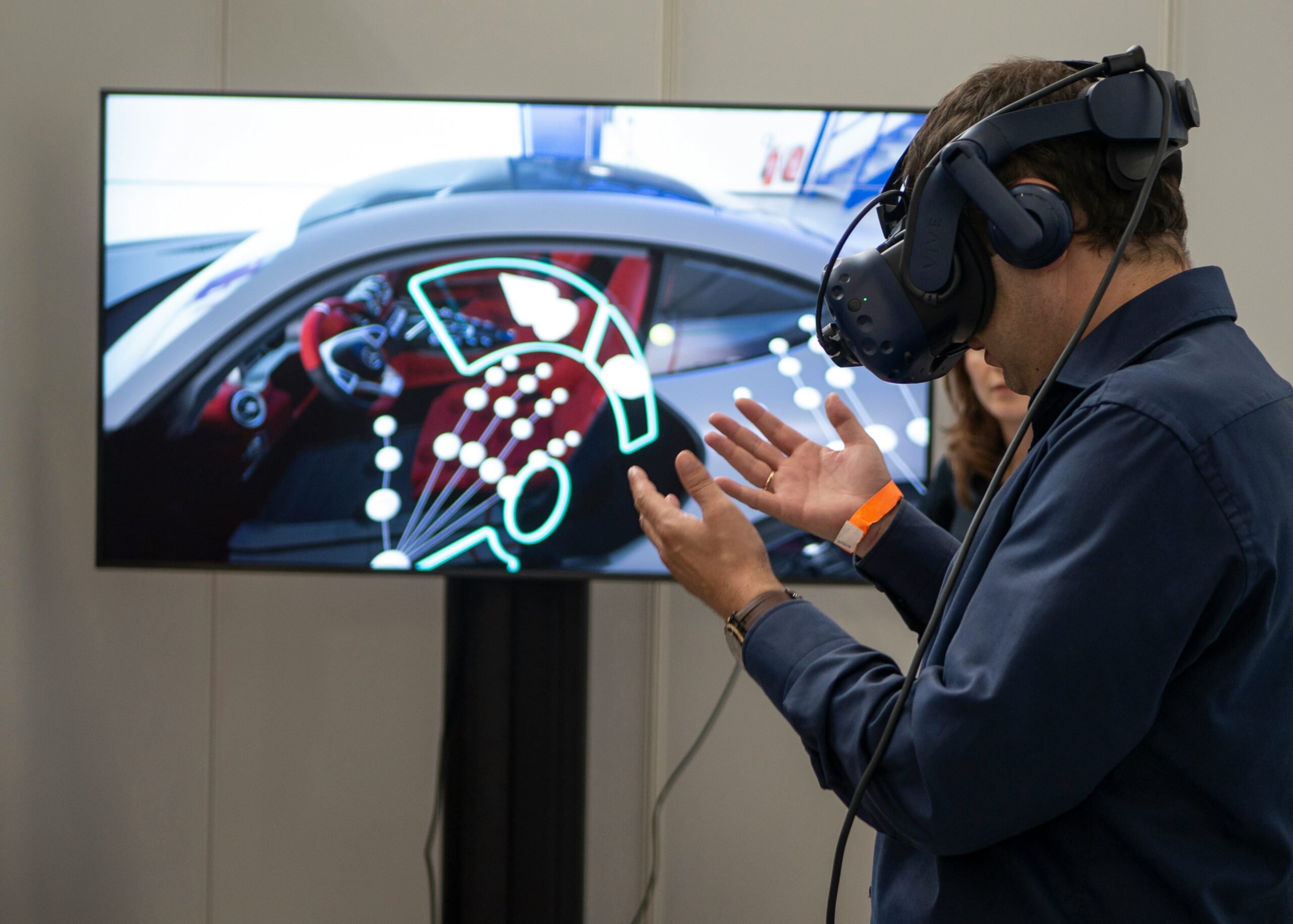Introduction to Apple Glasses and Augmented Reality
Augmented reality (AR) is a technology that superimposes computer-generated images, sounds, and other sensory enhancements onto the real world. By enhancing one’s perception of their surroundings, AR has rapidly gained traction in various sectors, including gaming, education, healthcare, and retail. The convergence of digital and physical realities presents immense opportunities for innovation and engagement. Apple, a leader in technology and design, has recently made significant strides towards entering the augmented reality market with its highly anticipated Apple Glasses.
The introduction of Apple Glasses is expected to revolutionize the way users interact with information and their environment. As AR technology continues to evolve, the demand for devices that can seamlessly integrate this technology into daily life is increasing. Apple Glasses aims to provide users with a comprehensive AR experience, potentially redefining how individuals communicate, work, and learn. The ease of use and intuitive design associated with Apple products may further enhance the adoption of augmented reality across various demographics.
Several industries stand to benefit from the introduction of Apple Glasses. For instance, in the healthcare sector, AR can aid in surgical procedures by providing healthcare professionals with real-time data overlays. In education, interactive learning experiences could become more immersive, engaging students by bringing content to life. Furthermore, retail businesses could leverage AR to allow customers to visualize products in their own environment before making a purchase. As Apple positions itself within this rapidly growing field, the company’s vision for augmented reality through its glasses holds significant potential that could reshape the technology landscape.
Potential Features and Innovations of Apple Glasses
The anticipated Apple Glasses are expected to revolutionize the augmented reality (AR) landscape, improving how users interact with both their digital and physical environments. Rumors suggest that the design will be sleek and lightweight, prioritizing user comfort for extended wear. This aesthetic appeal, combined with functionality, is vital as users gravitate towards wearable technology that enhances their lifestyle without compromising comfort.
One of the standout features is likely to be an intuitive user interface that integrates seamlessly with existing Apple products, such as the iPhone and iPad. This connectivity could enable users to access notifications, messages, and applications directly through their glasses, creating a hands-free experience. The use of voice commands powered by Siri could further streamline the interaction, allowing users to control various functions with ease.
In terms of the technological framework that will underpin these glasses, AR sensors and high-resolution displays will play a crucial role. Advanced sensors could track real-world objects and overlay digital information on them, enhancing the user’s perception of their surroundings. The glasses may utilize Retina display technology to ensure that images rendered within the glasses appear vivid and sharp, even in diverse lighting conditions.
The software ecosystem could also be a significant differentiator for Apple Glasses. Potential integration with Apple’s existing suite of services, such as Maps and Health, may yield functionalities like navigation overlays and real-time health monitoring. These capabilities would enhance user engagement, combining daily activities with valuable data seamlessly.
When compared to current market offerings, the innovative capabilities of Apple Glasses may set a new benchmark for the AR sector. While competitive devices often lag in aspects such as user experience or ecosystem integration, Apple’s historical success in merging hardware and software suggests strong potential. As we await the official announcement, the prospect of Apple Glasses continues to generate excitement, with many eager to see how they will reshape interactive experiences.
Market Expectations and Competition
The augmented reality (AR) market is evolving rapidly, characterized by a dynamic landscape with numerous players vying for dominance. Apple Glasses are anticipated to be a significant entry into this burgeoning sector, drawing considerable attention from both enthusiasts and industry experts. Major competitors, such as Microsoft with their HoloLens and Meta’s continued investment in Quest 2 and beyond, have already set high benchmarks in AR technology. These brands have created a competitive atmosphere that will undoubtedly affect consumer expectations for Apple Glasses.
As market expectations solidify, consumers are keenly interested not only in the functionality and design of Apple Glasses but also in their pricing strategy. Apple is known for its premium pricing approach, yet there is speculation that the company might consider a more accessible price point to encourage broader user adoption. Counteracting this could be the fear that high costs may alienate potential customers, especially given the economic uncertainties influencing buyer behavior today. Insight into prospective pricing models will be crucial in determining how Apple positions its AR offering in the competitive landscape.
User demographics also play a pivotal role in shaping market expectations. Current trends indicate that younger consumers, particularly tech-savvy individuals, are more inclined to adopt new technologies, including AR devices. However, there are potential adoption barriers to consider; concerns relating to privacy, user experience, and overall functionality could influence market reception. As such, understanding these factors will be essential for Apple as it navigates through competition and aims for successful integration of its glasses into consumers’ daily lives. In light of these dynamics, the future of Apple Glasses remains a topic of great interest within the augmented reality sector.
Conclusion: The Future of Apple Glasses in Augmented Reality
The discussion surrounding Apple Glasses has unveiled significant insights into the potential trajectory of augmented reality (AR) within the technology landscape. Apple, a renowned innovator in consumer electronics, is entering a competitive domain with its augmented reality glasses, signaling a pivotal shift in how users might interact with digital content. The examination of features, technology, and user experience underscores the transformative capability of AR, particularly through Apple’s prestigious ecosystem.
While it is evident that Apple Glasses could revolutionize user interaction with the world by blending digital and physical environments, challenges abound. Issues such as privacy concerns, battery life, and user acceptance will be crucial determinants in the successful adoption of these glasses. Additionally, the need for developers to create compelling applications that utilize the full potential of this technology cannot be overstated. Without a robust app ecosystem, even the most advanced hardware may not capture the market’s attention or justify its investment.
Looking ahead, the future of Apple Glasses hinges on the company’s ability to address these challenges effectively. As augmented reality technology progresses, we may witness a paradigm shift in daily activities, improving everything from navigation to social engagement. The opportunity for Apple to set a standard in how AR is experienced by the masses is substantial. If successfully executed, Apple Glasses could not only enhance consumer experiences but also redefine the expected interactions between humans and technology.
In conclusion, Apple’s venture into augmented reality through the introduction of its glasses promises vast potential. While hurdles remain, the fusion of innovative technology with seamless usability could pave the way for a future where augmented reality is integrated into everyday life, ultimately determining the success of Apple Glasses in this evolving landscape.







Add comment